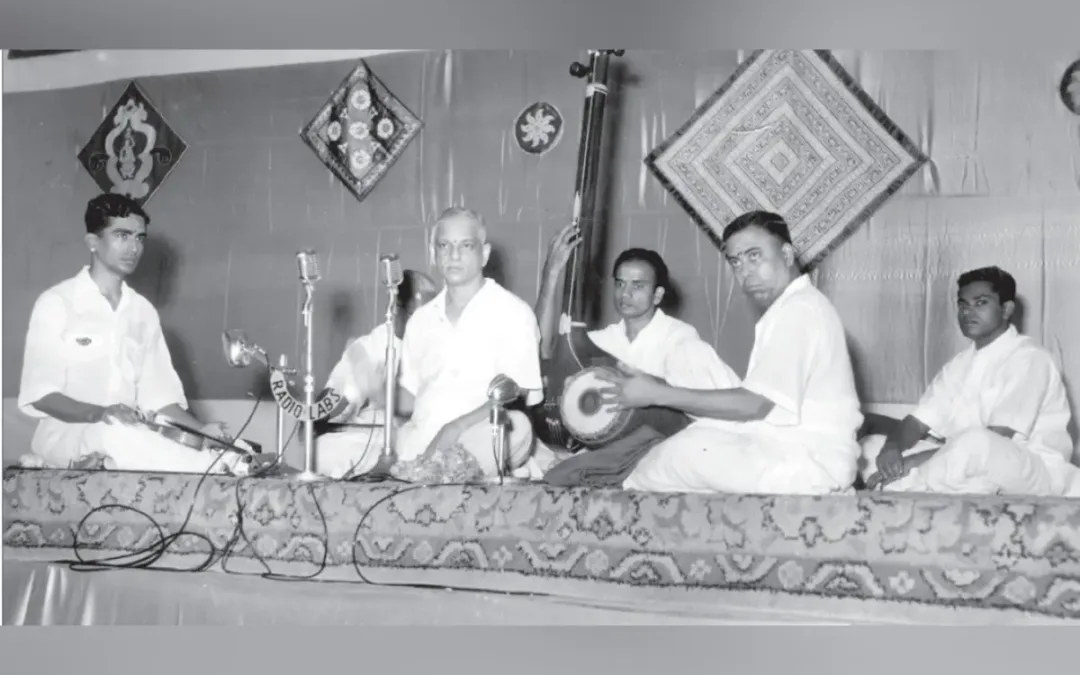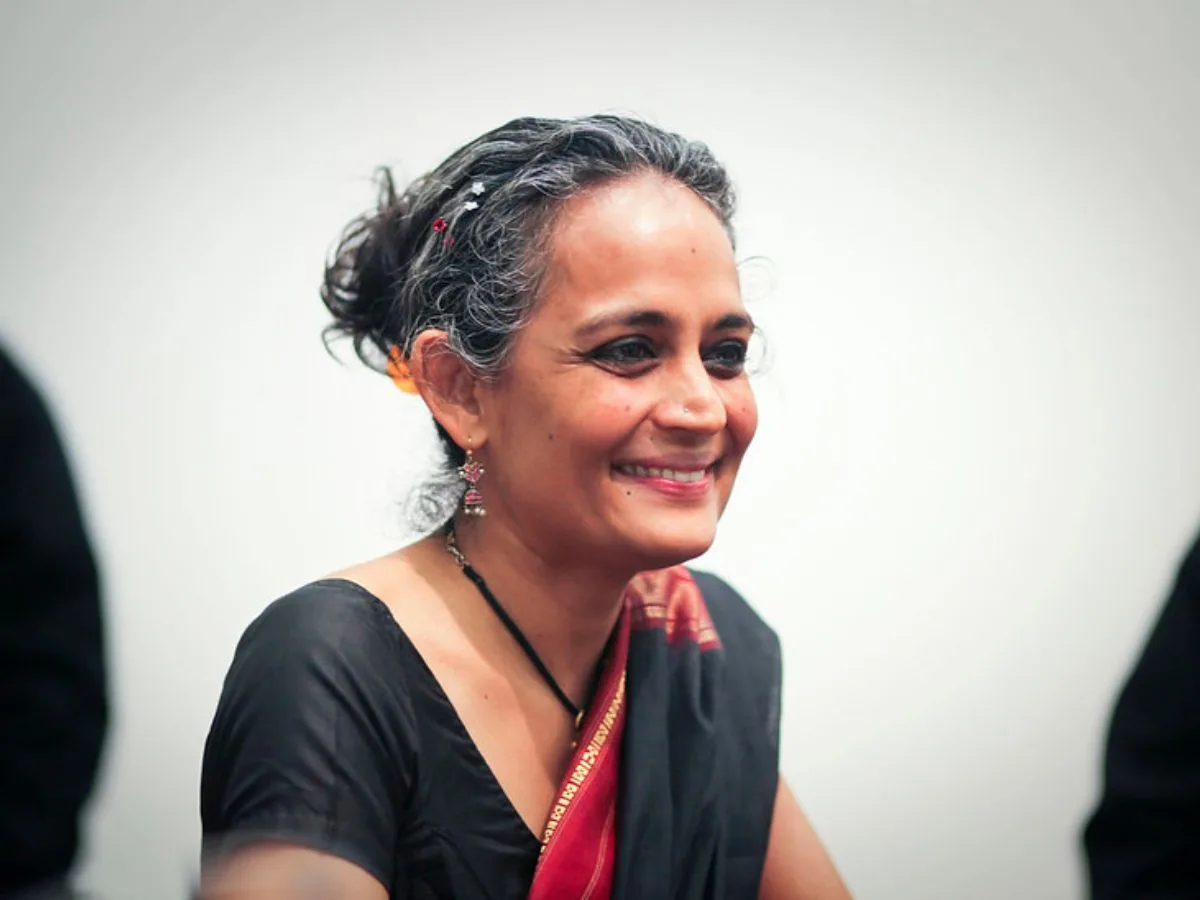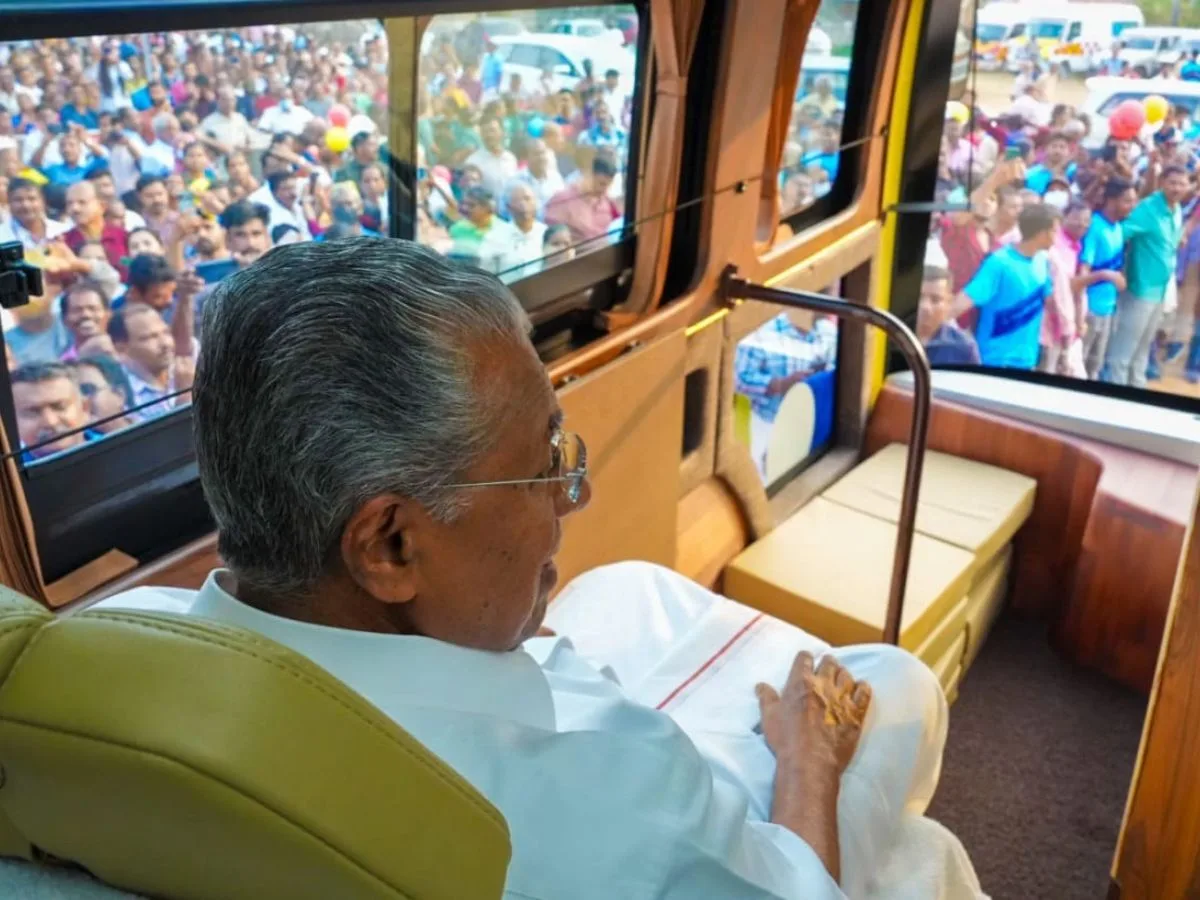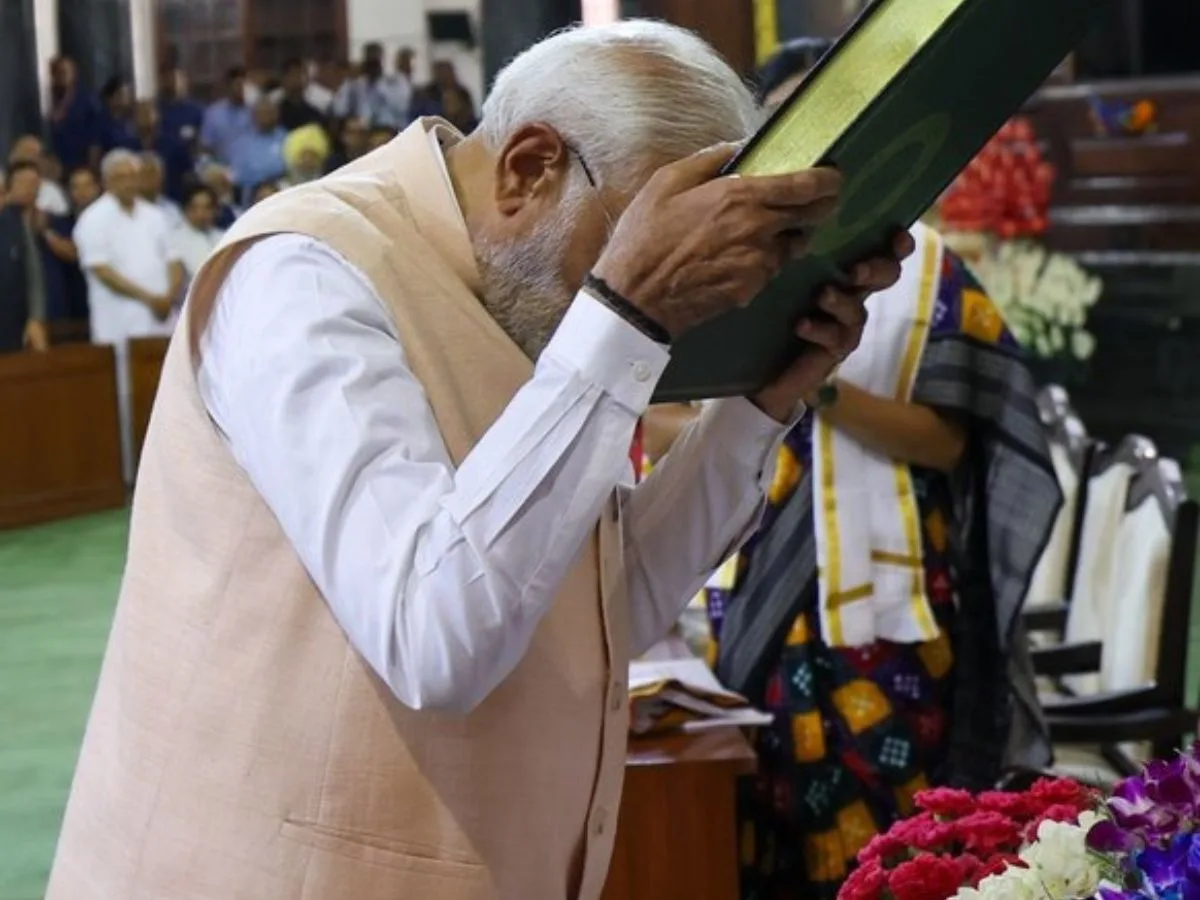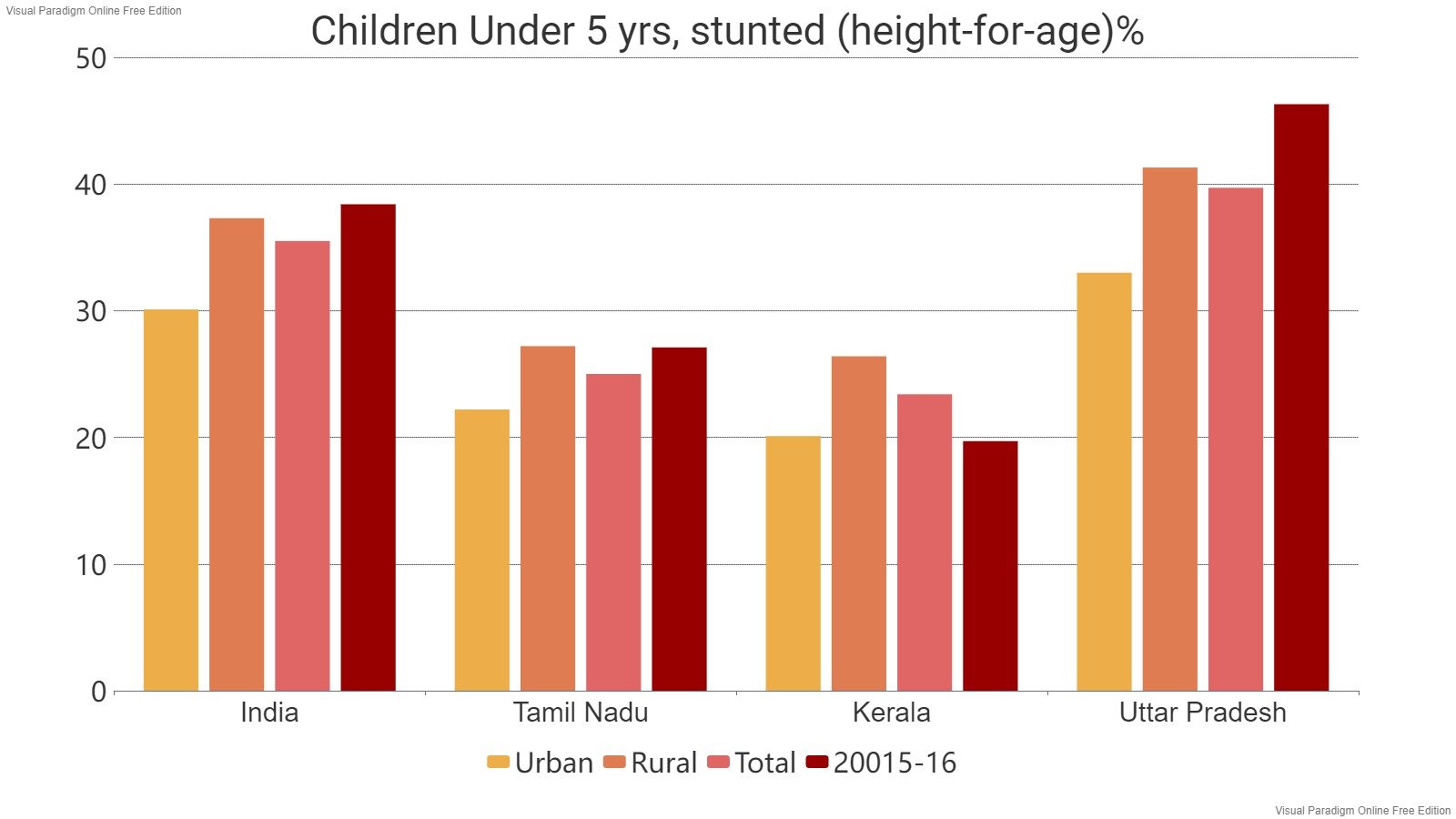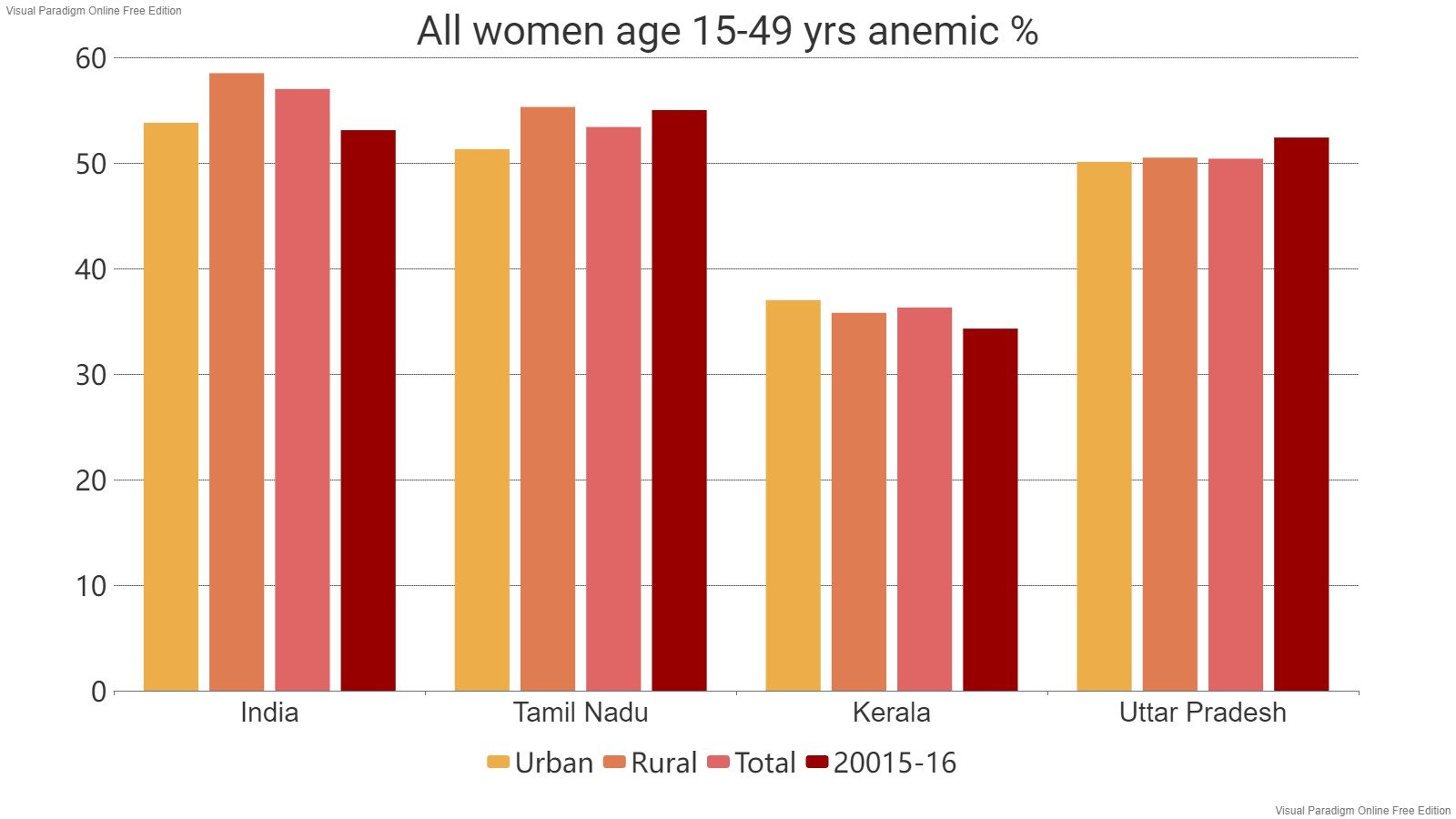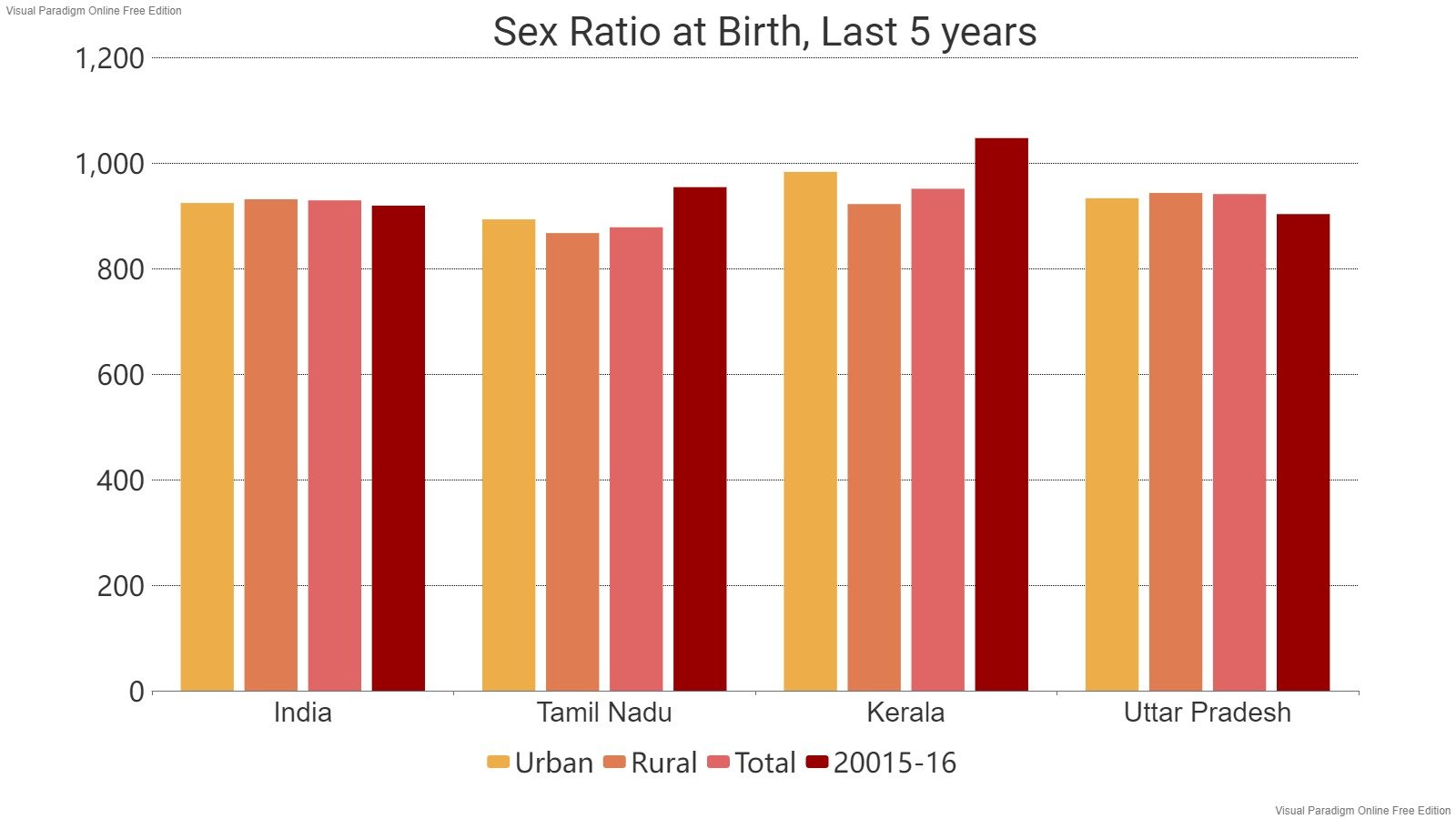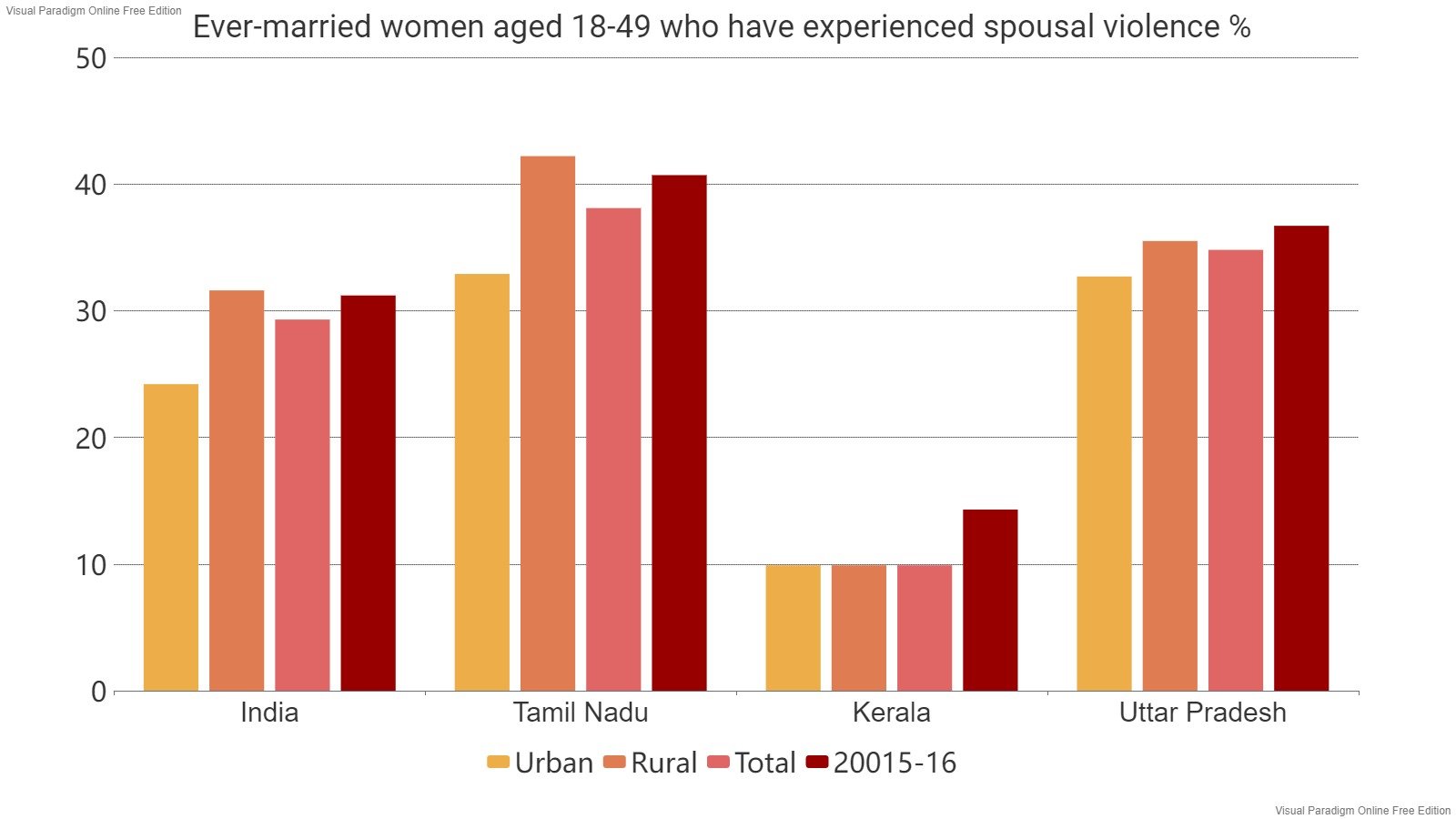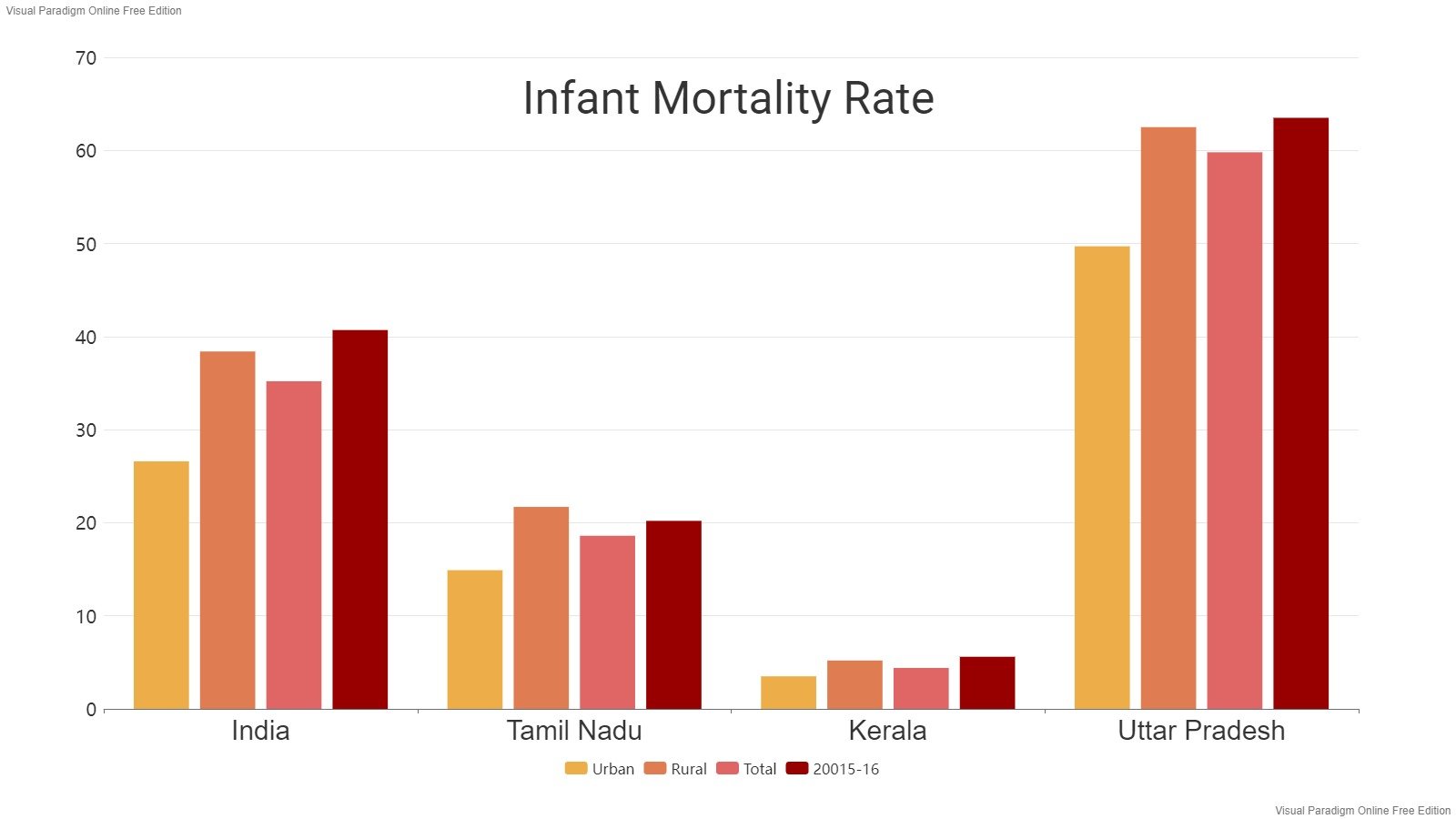Read in : தமிழ்
Mridangist Palani Subramaniya Pillai came from a family of stalwarts. His father Palani Muthiah Pillai was seeped in the Pudukottai style of mridangam that had by then blossomed into a distinct school. Muthiah Pillai was an exponent of its thavil-inspired laya, depth in rhythm, according to Lalitha Ram’s book, Dhruva Natchathiram.
In part three of Inmathi’s reading of Dhruva Natchathiram, we look at Palani Subramaniya Pillai’s childhood. You can read the other two stories here and here
Subbudu’s step-mother Anjugathammal, who raised him, was a pioneer among women of the ragam-thanam-pallavi that has become the entree of today’s Carnatic music concert serving, says Lalitharam citing musicologist B M Sundaram.
Yet biology and tradition intruded and posed an early obstacle to Subbudu’s apprenticeship. He was eager to learn. He was known to be bright too. But he was left handed — a big fault in his father’s eyes who saw it as a handicap.
Muthiah Pillai saw his son as wasted. He forbade him from playing the mridangam and wouldn’t teach him. He chose another son, Soundarapandian, as his heir. Muthiah Pillai started teaching Soundarapandian but nothing could prevent Subbudu from listening and learning vicariously.
One day, according to Lalitha Ram, Soundarapandian was unable to master a lesson his father had taught. His father was vexed that Soundarapandian wasn’t measuring up. He went out to meet Dakshinamurthy Pillai who was visiting. The two came back home to hear a son playing perfectly, going beyond that day’s lesson.
He forbade him from playing the mridangam and wouldn’t teach him. He chose another son, Soundarapandian, as his heir. Muthiah Pillai started teaching Soundarapandian but nothing could prevent Subbudu from listening and learning vicariously
When he saw that it was the leftie Subbudu playing, he became livid. But Dakshinamurthy Pillai calmed him, explained how traditions are often broken for the good. And so Muthiah Pillai was convinced to tutor Subbudu who soaked up all that his reluctant father gave.
The lessons would start early in the morning and go on till late night. Demonic practice may well be the right term for Subbudu’s learning hours.
Also Read: Her sister broke the glass ceiling in religion, she did it in music
The father was strict and stentorian. But Subbudu only wanted more. It was hard penance like how Dhruva did, which made him shine bright as the Dhruva star.
Subbudu’s arangetram was in 1923. He was 15 years old and it was in Chennai.
Kanchipuram Naina Pillai was the top vocalist at that time. He was known for his command of complex rhythms and would often challenge percussionists. Palani was a perfect fit though. Facilitated by Veena Dhanammal, Subbudu got an opportunity to accompany Naina Pillai.
Playing for Naina Pillai launched Subbudu into the top league. But the bugbears continued to loom.
A new generation was taking over. Semmangudi Srinivasa Iyer. Ariyakudi Ramanuja Iyengar. These were some of the new stars. Their focus was raga, not laya, says Dhruva Natchathiram. And Palani wasn’t the best fit for them.
His playing stood out. It wasn’t subdued. In his sarvalaghu, there were many patterns, many nuances that stood out for their uniqueness.
Another was his left-handedness. The right side of the mridangam is for shruti and has to face the audience. That meant Subbudu had to sit on the left of the vocalist while the violinist had to sit on the right in concerts. This was a departure from tradition and not many violinists agreed to play along.
When he saw that it was the leftie Subbudu playing, he became livid. But Dakshinamurthy Pillai calmed him, explained how traditions are often broken for the good. And so Muthiah Pillai was convinced to tutor Subbudu who soaked up all that his reluctant father gave
So Subbudu’s career stalled. A failed marriage made his personal life troublesome, too.
But destiny intervened in the form of Kolar Rajammal, an accomplished singer, who became his partner. She put her career aside and became Subbudu’s pillar of support, writes Lalitha Ram, charting Subbudu’s career.
Also Read: Padma Shri awardees are eighth generation nagaswaram vidwans
The world of Carnatic music is known for great talents partnering for growth and falling out later, notes Lalitha Ram. Chembai Vaidyanatha Bhagavathar, among the most popular singers then, had a falling out with Palghat Mani Iyer and Rajammal approached him, seeing an opportunity. In an earlier article of this, we have read about Chembai’s role in bringing out the genius of Subbudu.
Bhagavathar agreed to take on Subbudu but imposed two conditions. Subbudu had to sync with the singer more by tamping down his forays into complexities. But Bhagavathar more than made up for it by giving generous opportunities to Subbudu to play thani avarthanam. He would himself clap the thala and keep egging him on to do more.
Subbudu also had to agree to play for less concert fees. Both conditions were accepted.
Bhagavathar explained that once Subbudu established himself at the very top, he could jack up the rates. And that happened in two years.
If Palghat Mani Iyer was the leading mridangist, Subbudu climbed up to be right up there with him. Subbudu’s career blossomed. He was playing for the biggest stars. One of them was G N Balasubramaniam.
The two were a pair. The debonair GNB lived the good life. So did Subbudu who lived in T Nagar. Both loved to buy cars. They were fond of perfumes. A GNB-Subbudu concert was a treat not just for the ears but for the nose too, says Lalitha Ram.
Read in : தமிழ்
